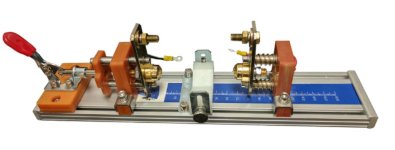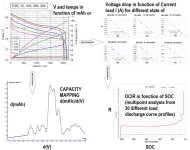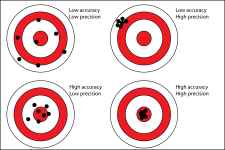thunderheart
100 W
Original article: https://www.thunderheartreviews.com/2019/02/panasonic-ncr18650g-mysterious-3600mah.html
Panasonic NCR18650G is a famous Li-ion cell which appeared in 2014 and very quickly disappeared. It had (and still has) the highest capacity rating in 18650 format.
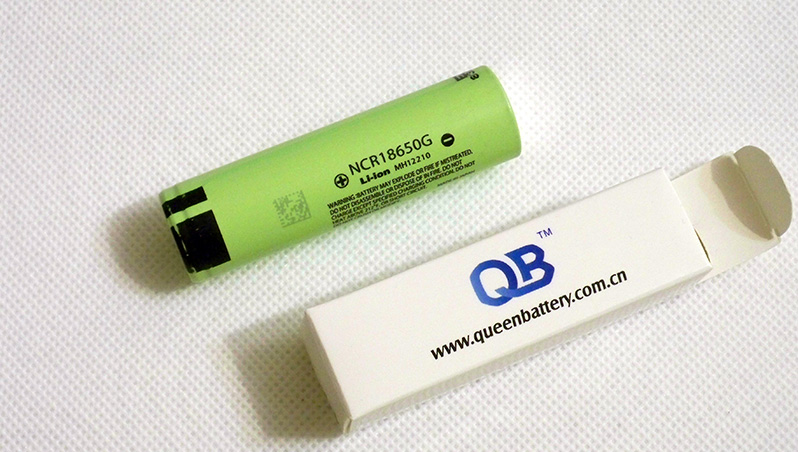
The battery was bought from my reliable supplier (Queen Battery) and tested with ZKETECH EBC-A20 and a self-made battery holder. It's a PC-connected battery tester supporting 4-wire measuring and discharging at up to 20A.

I've used version 3.0 of my battery holder based on 0.5mm thick pure copper terminals

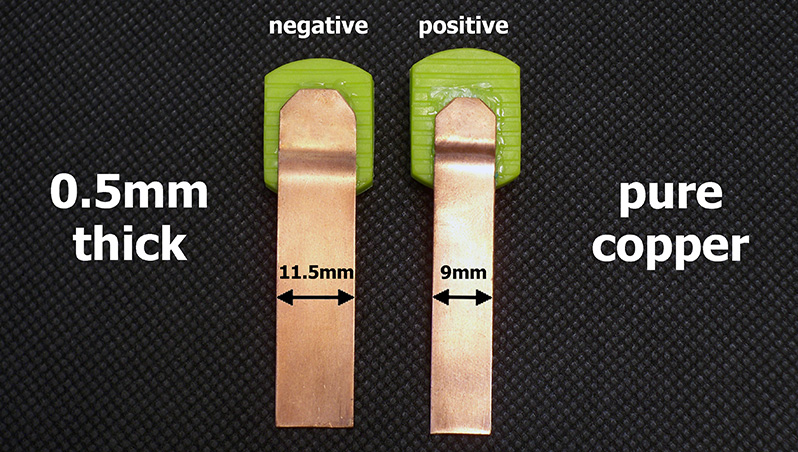
I've followed all the prescriptions of the IEC61960-2003 standard concerning battery's capacity measurement. Before each discharging cycle each battery was charged at standard charge current mentioned in its datasheet to charge end voltage. Before each discharging or charging i've held a 1-1.5hrs pause. The environment temperature was 23.0-24.5°C. To be sure in results i've done each test minimum twice (usually 3-4 times).
Panasonic NCR18650G
The cell is marked as E BV 8307. The 8307 code means that the cell was produced on March 7 2018.

I didn't find any datasheet of NCR18650G except this screenshot of a page from a Panasonic roadmap:

I compared it to other Panasonic cells' datasheets and made up these specs for NCR18650G:
Rated capacity: 3400mAh at 20°C
Minimum capacity: 3450mAh at 25°C (should be used as 1C)
Typical capacity: 3550mAh at 25°C
Nominal voltage: 3.6V
Standard charge current: 1035mA (0.3C)
Charge end voltage: 4.2V
Charge cut-off current: 69mA (0.02C)
Discharge cut-off voltage: 2.5V
Maximum weight: 47.5g
The measured DC IR of fully charged cell at 3.45A was 38±1.5mΩ
My cell's weight was 46.39g
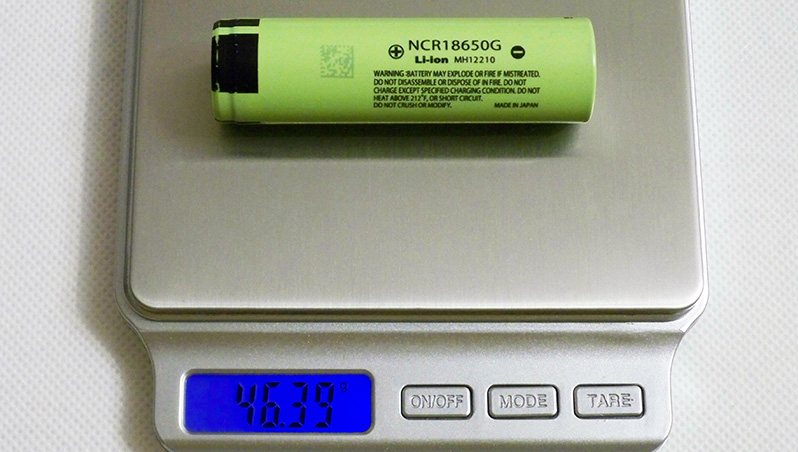
Capacity test results:

At 0.2C / 0.69A NCR18650G's capacity was slightly higher than the 3550mAh declared and it's energy was almost 13Wh. At 5A discharge rate the capacity was a bit higher than 3350mAh and the energy - 11.2Wh. Most of the suppliers mention NCR18650G's max discharge current as 4.87A so i didn't go above 5A.
Compared to LG M36 and Samsung 36G (test), Panasonic NCR18650G looks better but i used 1.8A to charge the first two vs 1.04A in case of Panasonic.
Also the 0.3C standard charge current makes me think that NCR18650G would not have a great cycle life but it's just a suggestion.
Here is the video version of this review:

Check out my YouTube channel for batteries, chargers and other stuff reviews.
I've launched my blog where you can find all my reviews in one place. Every new test/review will be first published on YouTube and in the blog. I'll be happy to see new subscribers, comments, suggestions and just your thoughts.
Panasonic NCR18650G is a famous Li-ion cell which appeared in 2014 and very quickly disappeared. It had (and still has) the highest capacity rating in 18650 format.

The battery was bought from my reliable supplier (Queen Battery) and tested with ZKETECH EBC-A20 and a self-made battery holder. It's a PC-connected battery tester supporting 4-wire measuring and discharging at up to 20A.

I've used version 3.0 of my battery holder based on 0.5mm thick pure copper terminals


I've followed all the prescriptions of the IEC61960-2003 standard concerning battery's capacity measurement. Before each discharging cycle each battery was charged at standard charge current mentioned in its datasheet to charge end voltage. Before each discharging or charging i've held a 1-1.5hrs pause. The environment temperature was 23.0-24.5°C. To be sure in results i've done each test minimum twice (usually 3-4 times).
Panasonic NCR18650G
The cell is marked as E BV 8307. The 8307 code means that the cell was produced on March 7 2018.

I didn't find any datasheet of NCR18650G except this screenshot of a page from a Panasonic roadmap:

I compared it to other Panasonic cells' datasheets and made up these specs for NCR18650G:
Rated capacity: 3400mAh at 20°C
Minimum capacity: 3450mAh at 25°C (should be used as 1C)
Typical capacity: 3550mAh at 25°C
Nominal voltage: 3.6V
Standard charge current: 1035mA (0.3C)
Charge end voltage: 4.2V
Charge cut-off current: 69mA (0.02C)
Discharge cut-off voltage: 2.5V
Maximum weight: 47.5g
The measured DC IR of fully charged cell at 3.45A was 38±1.5mΩ
My cell's weight was 46.39g

Capacity test results:

At 0.2C / 0.69A NCR18650G's capacity was slightly higher than the 3550mAh declared and it's energy was almost 13Wh. At 5A discharge rate the capacity was a bit higher than 3350mAh and the energy - 11.2Wh. Most of the suppliers mention NCR18650G's max discharge current as 4.87A so i didn't go above 5A.
Compared to LG M36 and Samsung 36G (test), Panasonic NCR18650G looks better but i used 1.8A to charge the first two vs 1.04A in case of Panasonic.
Also the 0.3C standard charge current makes me think that NCR18650G would not have a great cycle life but it's just a suggestion.
Here is the video version of this review:

Check out my YouTube channel for batteries, chargers and other stuff reviews.
I've launched my blog where you can find all my reviews in one place. Every new test/review will be first published on YouTube and in the blog. I'll be happy to see new subscribers, comments, suggestions and just your thoughts.


